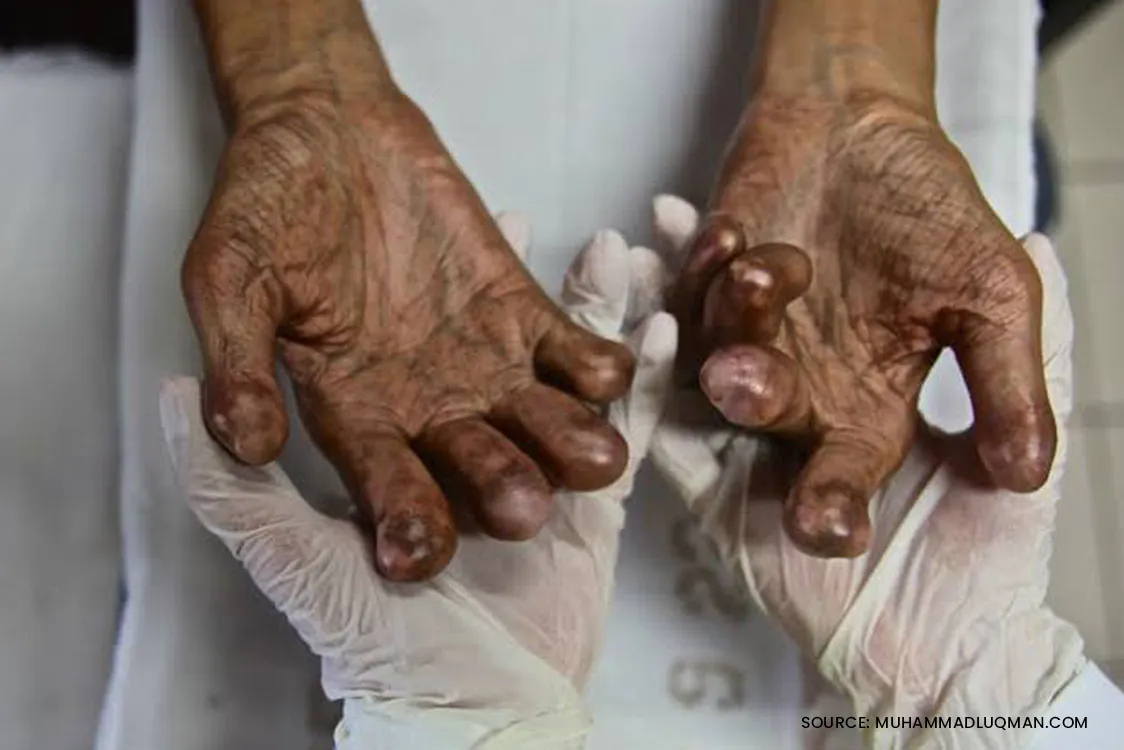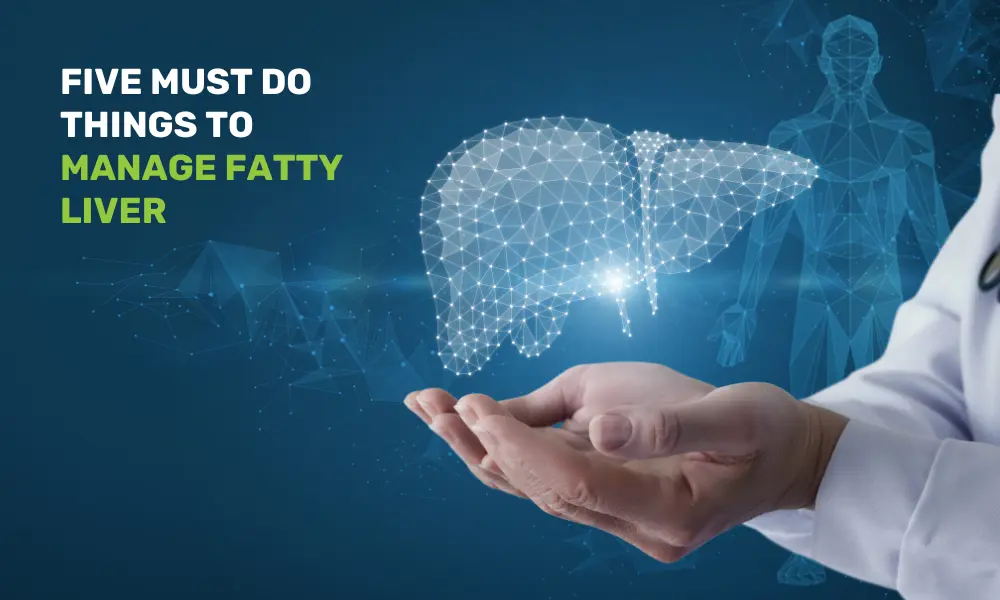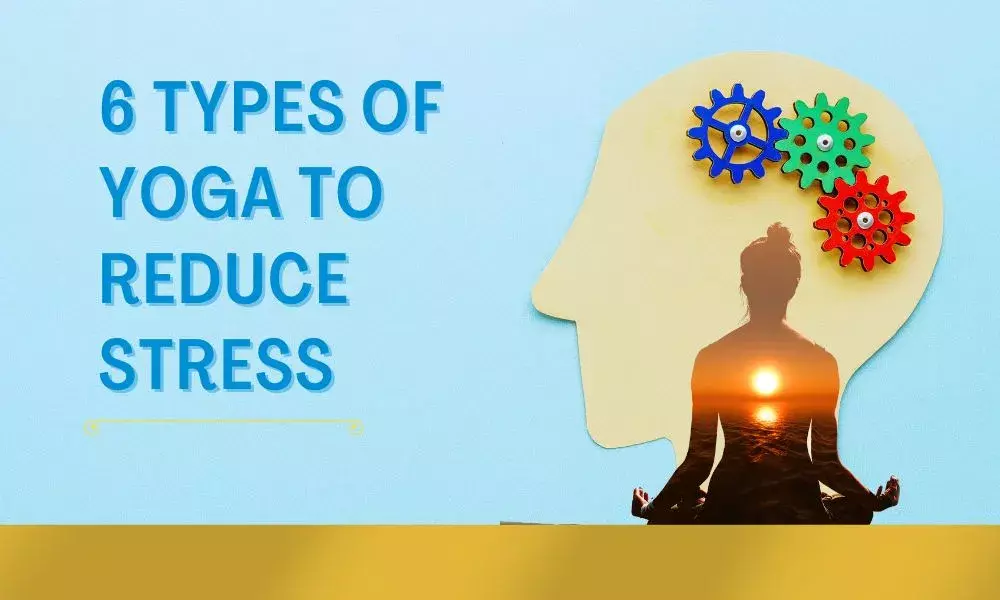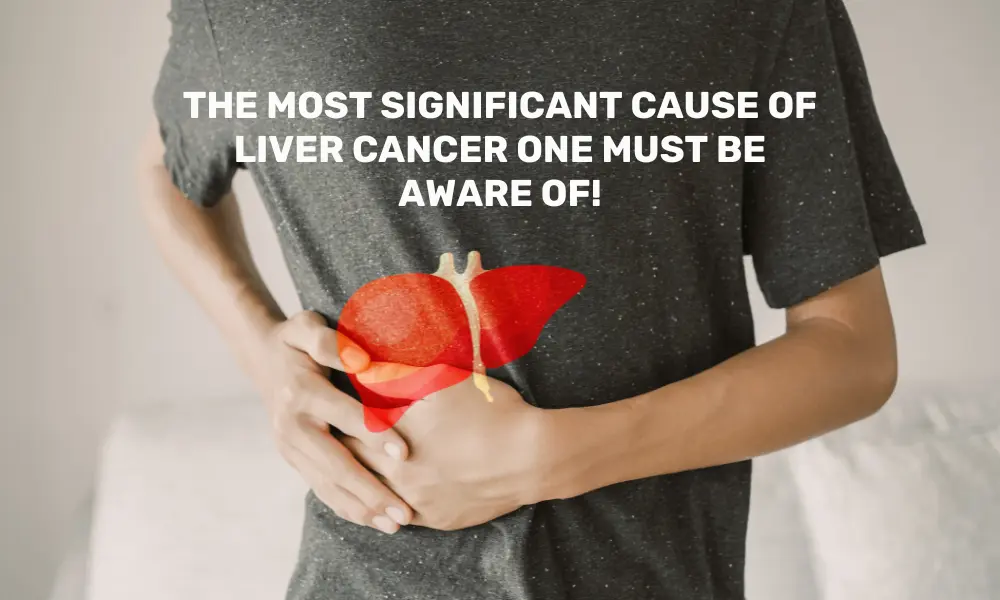New leprosy cases were discovered in 2020–2021, 39% involved women, 5.8% involved children under 14, and 2.4% involved apparent deformities. In the nation, there were 1.1 visible deformities for every million people.
Pune: After two years of Covid peaks, health screenings are now finally identifying the prevalence of other diseases. A recent state survey revealed a concerning development: 5% of all leprosy cases discovered in the past six months involved children younger than 14 years old.
To identify hotspots and community transmission, it is essential to locate leprosy cases among children.
No one dies from Leprosy. Additionally, it is not easily contagious and is effectively curable with prompt diagnosis and treatment. The time between exposure and the onset of symptoms, the first positive test, or the incubation period, varies from roughly six months to two years for leprosy-causing bacteria.
And because of this delay, it is challenging to declare the disease to be gone. According to health experts, it may take months for actual caseloads in a community to manifest. Detected cases in children, however, require an immediate response.
The administration provides medications and ensures complete treatment after a case is identified.
Dr. Vivek V. Pai, the director of the Bombay Leprosy Project, stated: “Leprosy in children suggests there is community transmission. Close surveillance of the area where cases involving children have been discovered is necessary to find index cases and hotspots. Effective tracking and treatment of index cases are required to stop the chain of transmission.
“The average national rate of leprosy cases found in children is about 10%,” he continued. Palghar district was a well-known hotspot in the state before Covid. However, analysis of recent cases may identify the most critical areas and hotspots. Keep in mind that due to the lengthy incubation period for Leprosy, the lack of surveillance during the two years of Covid-19 will eventually become apparent. Therefore, it is essential to take backlogs in surveillance and detection seriously.
Leprosy can reappear at any time, it might take a year or 20 years later, according to Dr. Ramji Adkekar, joint director of health services for the state health department. The World Health Organization states that the typical incubation period is five years.
Leprosy is endemic in several Indian states, with an annual case detection rate of 4.5 per 10,000 people, according to the WHO.
Of the new cases discovered in 2020–2021, 39% involved women, 5.8% involved children under 14, and 2.4% involved apparent deformities. In the nation, there were 1.1 visible deformities for every million people.





